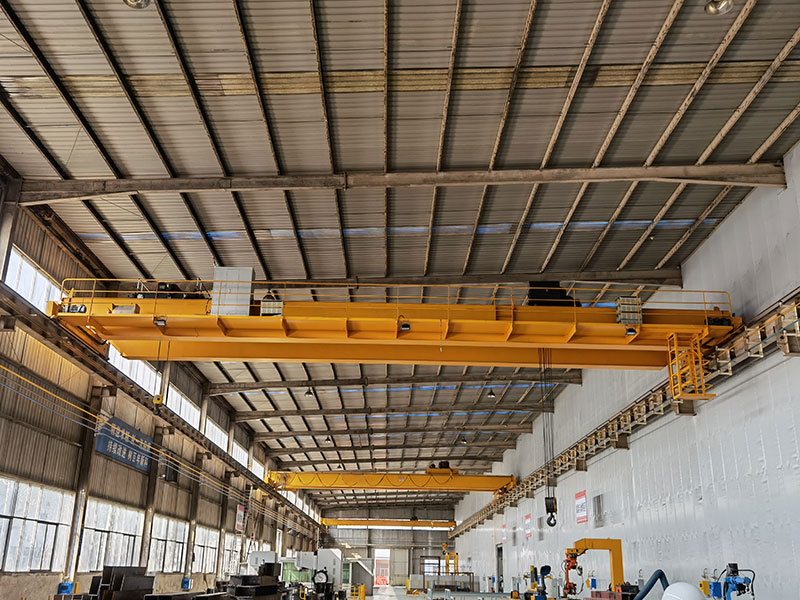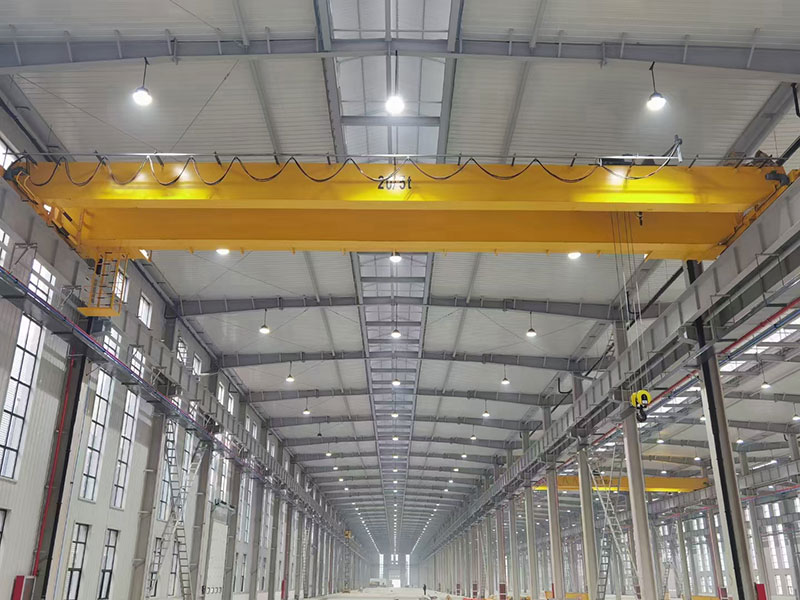Investing in a bridge crane is a significant decision for businesses that rely on material handling equipment to optimize their operations. While cost considerations are crucial, it is equally important to ensure the crane’s quality meets safety, efficiency, and durability standards. Fortunately, there are ways to strike a balance between cost efficiency and quality. This article explores strategies to help businesses reduce costs without compromising on the quality of their bridge cranes.

1. Understand Your Specific Needs
The first step in reducing bridge crane cost is to clearly understand your operational requirements. Purchasing a bridge crane with unnecessary features or excessive capacity can lead to inflated costs. Here are some questions to consider:
- What is the maximum load you need to lift?
- How often will the crane be used?
- What is the required span and lifting height?
- Will it be used indoors or outdoors?
By identifying these needs, you can avoid over-specifying the crane and ensure you’re paying only for what your operations require.
2. Choose the Right Type of Bridge Crane
Different types of bridge cranes come with varying price points. Single girder cranes are typically less expensive than double girder cranes and are suitable for lighter loads and smaller spans. Conversely, double girder overhead cranes are suitable for heavier loads and longer spans but come at a higher cost.
Evaluate your load capacity and operational needs to select the most cost-effective type of bridge crane. For example, a single girder crane might suffice for a warehouse with moderate lifting requirements, whereas a double girder crane is more appropriate for heavy-duty applications like steel mills or power plants.
3. Opt for Standard Designs When Possible
Customized bridge cranes can be significantly more expensive due to additional design and manufacturing processes. If your requirements can be met with a standard crane design, this can save considerable costs. Standard cranes are also easier to maintain and have readily available spare parts, further reducing long-term expenses.

4. Compare Manufacturers and Suppliers
Not all manufacturers and suppliers offer the same pricing or quality standards. Conduct thorough research to compare different vendors. Factors to consider include:
- Reputation and customer reviews
- Quality certifications and compliance with industry standards
- After-sales support and warranty terms
Request detailed quotes from multiple suppliers and assess the value they offer rather than focusing solely on the upfront cost. A trusted overhead crane manufacturer with competitive pricing can provide high-quality equipment without inflating costs.
5. Leverage Bulk Purchasing or Long-Term Contracts
If your business requires multiple bridge cranes or other related equipment, consider negotiating bulk purchasing agreements or long-term contracts with suppliers. Manufacturers often offer discounts for larger orders, which can help reduce unit costs while maintaining quality.
6. Consider Refurbished or Pre-Owned Cranes
Refurbished or pre-owned bridge cranes can be a cost-effective alternative to purchasing brand-new equipment. Many reputable suppliers offer refurbished cranes that meet safety and performance standards. Ensure the crane is thoroughly inspected and certified before purchase to avoid compromising on quality.
7. Focus on Energy Efficiency
While the initial cost of an energy-efficient bridge crane might be slightly higher, the long-term savings on operational costs can be substantial. Look for cranes equipped with features such as variable frequency drives (VFDs) or energy recovery systems. These technologies reduce energy consumption and lower operational expenses, offsetting the initial investment.
8. Optimize Installation Costs
Installation costs can add significantly to the total expenditure. To reduce these costs:
- Work with suppliers that offer on-site or remote installation guidance.
- Ensure your site is prepared and equipped for installation to minimize delays.
- Collaborate with experienced local installation teams to avoid unnecessary expenses.
Proper planning and coordination can help streamline the installation process and reduce associated costs.
9. Invest in Preventative Maintenance
Quality bridge cranes require regular maintenance to perform optimally. Skimping on maintenance can lead to expensive repairs or replacements down the line. Implement a preventative maintenance program that includes regular inspections, lubrication, and timely replacement of worn-out parts.
A well-maintained crane not only ensures operational efficiency but also extends its lifespan, reducing the need for costly replacements.
10. Train Your Operators
Operator errors can lead to unnecessary wear and tear or even accidents, resulting in additional costs. Investing in comprehensive operator training can:
- Improve the efficiency of crane operations
- Minimize the risk of damage to the crane and loads
- Enhance workplace safety
Well-trained operators can help your business get the most out of your bridge crane, ensuring it operates reliably for years to come.
11. Take Advantage of Tax Incentives and Financing Options
Many governments offer tax incentives or subsidies for businesses investing in capital equipment, including electric overhead cranes. Research available programs in your region and consult with a financial advisor to take advantage of these opportunities.
Additionally, consider financing options offered by manufacturers or financial institutions. Spreading the cost over time can make high-quality equipment more affordable without straining your budget.
12. Negotiate for Extended Warranties
Extended warranties provide peace of mind and can reduce long-term maintenance and repair costs. Negotiate with your supplier to include an extended warranty in the purchase price. A comprehensive warranty ensures that any defects or issues are addressed promptly without additional expenses.
13. Plan for Future Scalability
While cost reduction is important, it’s essential to consider future growth and scalability. Investing in a crane that can be upgraded or modified as your business expands can save money in the long run. For example, choose a design that allows for easy integration of advanced technologies or increased capacity if needed.
Conclusion
Reducing costs without compromising on bridge crane quality requires a combination of strategic planning, careful selection of suppliers, and an emphasis on long-term value. By understanding your specific needs, choosing the right type of crane, and focusing on energy efficiency and maintenance, you can optimize your investment while ensuring reliable and safe operations. Balancing cost and quality not only saves money but also positions your business for sustainable growth and efficiency.